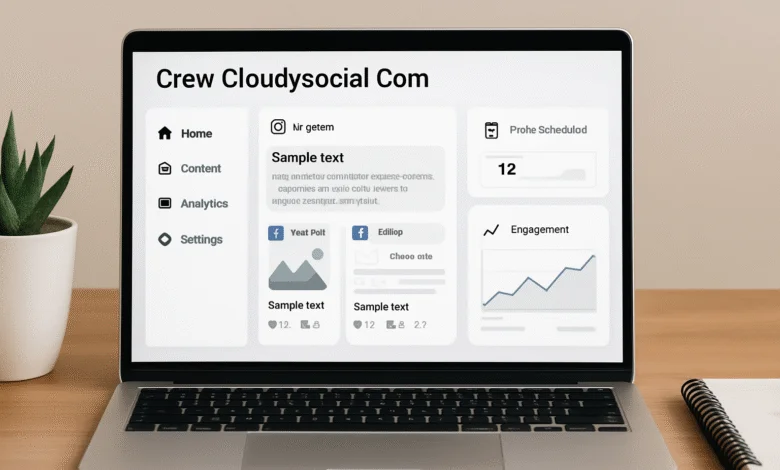
Understanding Human Behavior
The first and foremost purpose of ABA training and therapy is to understand human behavior in various situations and scenarios. Its methodologies and training equip therapists and behavioral experts with skills to promote healthy and positive learning.
ABA programs equip professionals with techniques to encourage helpful behaviors and discourage harmful and reckless behaviors. The goal is to promote behaviors that are constructive, collaborative, healthy, and creative. These professionals help learners acquire sharp communication skills, linguistic skills, improved attention span, and memory retention.
Moreover, ABA-certified professionals have a higher success rate in decreasing problematic behaviors. In recent years, the practical benefits of ABA therapy programs have encouraged trainers, therapists, and psychologists to pursue it academically. If you’re a clinical psychologist or therapist, consider undertaking an ABA Masters online to expand your skillset and clinical influence.
It may seem like a relatively new discipline, but behavioral analysis methodologies have been in practice for decades. Their essential purpose is to help learners adopt healthy habits, a mindful lifestyle, and improved learning abilities. These professionals work primarily with children suffering from developmental disorders, autism, and learning disabilities.
Techniques to Change Behavior
The practical dynamics of applied behavior analysis revolve around understanding and transforming behavior. It’s a flexible therapy program that can efficiently address an individual’s unique needs and requirements. However, ABA therapy can be administered across multiple locations, such as community programs, schools, and even home. Many parents turn to ABA training to help their autistic children or those with learning disabilities.
Essentially, ABA teaches us powerful skills to become healthier, disciplined, and productive. It equips us with gifts and qualities that are immensely useful in everyday life. Most therapists deploy ABA methodologies in group sessions, while others prefer one-on-one instruction methods.
Research & Advancement
Behavioral science has made remarkable progress, but there’s still much to learn about human behaviors and psychology. Experts believe that applied behavior analysis has a vast potential to aid researchers in understanding human behavior. Its paradigms and methodologies aid in designing experiments and theories that are increasingly valid in real-life scenarios. Such methodologies and experiments enhance theoretical deductions, empowering professionals to address culturally significant issues.
Analytical studies offer valuable insight into the relationships between human beings and their environment. Such research paves the road for developments and improvement in controlling, predicting, and addressing deviant behaviors.
Helping Young Learners
Professionals who work closely with children with autism and other disabilities require specialized skills and a compassionate heart. ABA therapies and training methodologies equip therapists and instructors to help disabled children learn constructive skills. These therapies help children emerge as valuable, productive, and compassionate members of the community.
The applied behavioral analysis provides professionals the specialized qualifications and training required to work with young learners. It introduces professionals to multiple techniques to promote positive outcomes in children struggling with cognitive abilities.
Conclusion
Professionals who pursue applied behavioral analysis training enjoy rewarding careers that offer intrinsic and extrinsic benefits. Clinical psychologists, child psychologists, behavioral technicians, and therapists are careers synonymous with this qualification. These professionals help people and children struggling with learning disabilities and create upstanding citizens who give back to their communities.
If you’re working as a child psychologist or therapist, ABA methodologies can help you ensure positive learning outcomes for your clients. Even teachers, instructors, and educators have much to gain from ABA training and skills. Applied behavioral analysis training enables educators to design learning settings and assessments that encourage improvement with positive reinforcement.










